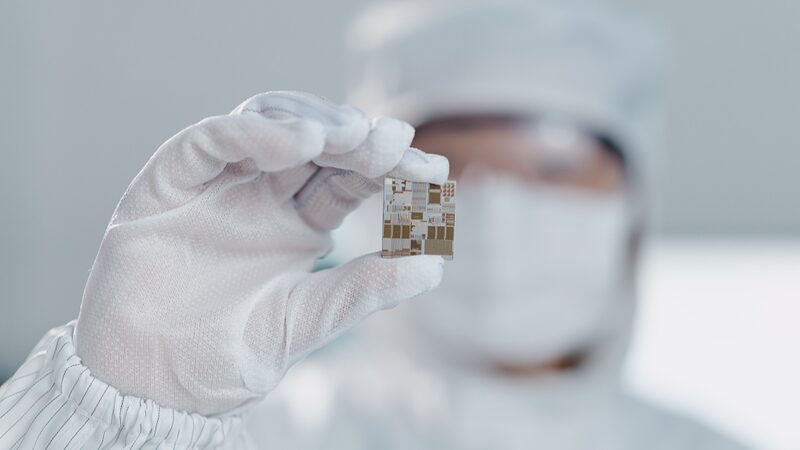Japan is prioritizing investment in its semiconductor sector more than the United States and other major Western nations, according to data presented at a crucial government panel. The findings, reported by Nikkei on Wednesday, reveal that Japan’s semiconductor subsidies as a percentage of its gross domestic product (GDP) significantly exceed those of its counterparts.
At a subcommittee meeting of Japan’s Fiscal System Council on Tuesday, data indicated that Japan has allocated 3.9 trillion yen (approximately $25.5 billion) over three years to its semiconductor industry, equating to 0.71 percent of its GDP. In contrast, the U.S. investment amounts to an equivalent of 7.1 trillion yen over five years but represents only 0.21 percent of its GDP—less than a third of Japan’s commitment proportionally. France is spending the equivalent of 700 billion yen over five years (0.2 percent of GDP), and Germany is supporting its semiconductor sector with 2.5 trillion yen (0.41 percent of GDP).
Despite the substantial investment, Japan’s Finance Ministry has expressed concerns regarding the lack of funding sources for much of this support. Notably, Taiwan Semiconductor Manufacturing Company Limited (TSMC) is set to receive about 1.2 trillion yen, and state-backed chipmaker Rapidus will receive roughly 900 billion yen to advance domestic production of cutting-edge chips.
An important source of these subsidies is the issuance of GX bonds—an acronym for “green transformation”—which the Japanese government has initiated to support the transition towards net-zero greenhouse gas emissions by 2050. The GX bonds are expected to raise about 20 trillion yen over a decade, repaid through carbon-pricing revenues. However, the report notes that only a portion of the semiconductor sector’s spending—just over 500 billion yen—is backed by actual funding thus far.
In comparison, the United States employs “pay as you go” rules requiring funding for certain new expenditures. For instance, the Inflation Reduction Act allocates $437 billion over ten years, primarily for climate change initiatives, financed through increased tax revenues from large corporations.
Japan’s method of funding the 3.9 trillion yen for semiconductors through supplementary budgets has raised concerns about ballooning spending. While supplementary budgets can be approved more swiftly than initial fiscal year budgets, they often receive less scrutiny from the Finance Ministry, which typically conducts rigorous reviews of proposed spending in initial budgets.
Experts have called for Japan to establish long-term planning for multi-year investments and to identify stable funding sources to enhance predictability for the private sector. Non-governmental advisors on the Council on Economic and Fiscal Policy emphasized the need for medium- to long-term strategies, including fiscal resources, to support sustained growth in the semiconductor industry.
“Japan should make a substantial commitment to the critical semiconductor sector,” said Hiroya Masuda, President and CEO of Japan Post Holdings, who chaired the subcommittee meeting. “It’s a common understanding among council members that the benefits of fiscal spending will be rigorously verified.”
This strategic focus on semiconductors reflects Japan’s recognition of the industry’s vital role in the global economy and technological innovation. By increasing transparency and ensuring sustainable funding, Japan aims to strengthen its semiconductor sector and bolster its position in the competitive global market.
Reference(s):
Japan leads U.S., Germany in chip subsidies as share of GDP: Nikkei
cgtn.com








